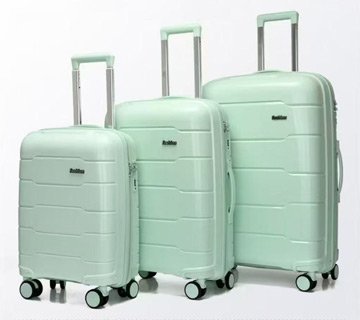
Environmental organizations call on the luggage industry to reduce plastic usage
The Global Green Alliance (GGA) has released a report stating that traditional suitcase production consumes approximately 500000 tons of non degradable plastic annually. At present, multiple research institutions are collaborating to develop environmentally friendly enclosures using mycelium substrates and marine recycled plastics as raw materials. Some samples have passed wear resistance tests (up to 50000 times of rod extension and contraction). Consumer research shows that 67% of users are willing to pay an additional 15% -20% for environmentally friendly materials.


